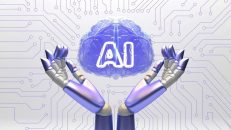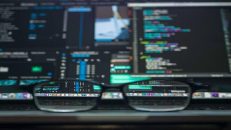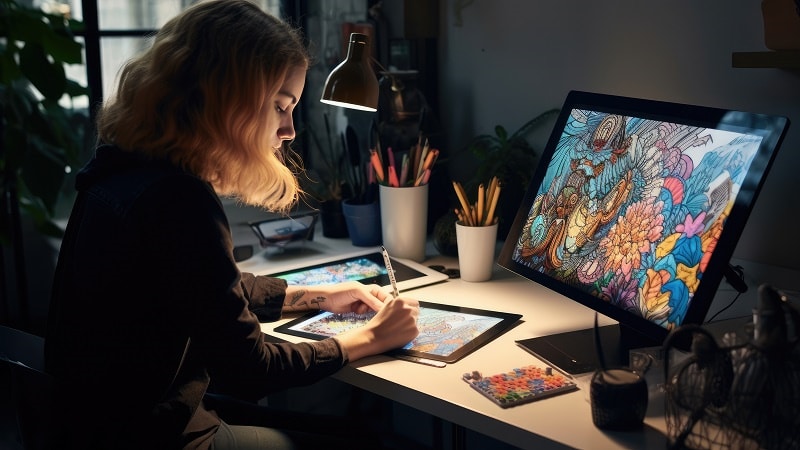
The evolution of art from its classic, tangible forms to the innovative realms of digital creation marks a pivotal shift in how artists conceive and manifest their visions. This shift, fueled by technological advancements, has redefined the tools and techniques available to artists and expanded the boundaries of artistic expression.
Traditional art, with its physical brushes and canvas, offers a sense of authenticity and a direct connection to the artist's hand, an aspect deeply valued in the art community. However, the advent of digital mediums has opened up new horizons, offering unparalleled versatility and efficiency in art history.
This article aims to explore this transformative journey, dissecting both the opportunities and challenges presented by digital drawing and weighing them against the longstanding practices of traditional art. By doing so, it seeks to provide a comprehensive understanding of the impact of digital technology on the art world, highlighting how these tools have revolutionized artistic expression while respecting the enduring legacy of traditional methods.
Traditional Drawing: A Deeper Insight
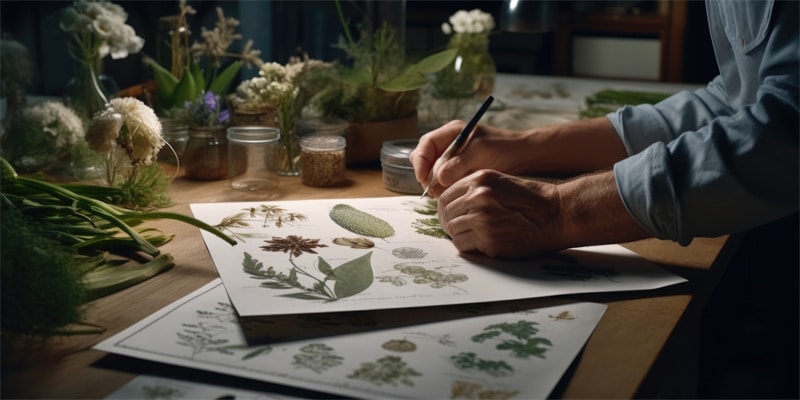
Before exploring the world of digital art, it's essential to understand traditional drawing. This form, which includes pencil, charcoal, and ink on paper, has been the foundation of artistic creation for centuries. Its tactile nature and the direct hand-to-paper connection offer an irreplaceable experience.
However, traditional methods come with limitations. The physical materials can be expensive, alterations can be challenging, and the process is often time-consuming.
Embracing The Digital Age: The Rise Of Digital Figure Drawing
Digital figure drawing has emerged as a prominent and exciting field in the art world with the digital revolution. This modern approach integrates the classic principles of figure drawing—an understanding of human anatomy, light, and shadow—with the capabilities of digital tools. Artists now have the freedom to experiment with a range of styles, from hyper-realistic to abstract, without the limitations of traditional mediums. Digital art software mimics the effects of real-world materials while offering tools beyond traditional art's physical possibilities, like layering, intricate detailing, and an unlimited color palette.
This fusion broadens the scope of what artists can create and democratizes art creation, making it more accessible to people who may not have access to traditional art supplies or the space to use them.
The Advantages Of Digital Drawing: A Closer Look
- Expanding Creative Horizons
The digital canvas is a realm of endless possibilities. The array of tools and features in digital drawing software allows artists to push the boundaries of their creativity. Experimentation is less risky; with features like ‘undo,' artists can try new techniques without fear of permanently altering their work. This safety net encourages a bolder approach to creativity, fostering innovation and artistic growth.
- Economic Efficiency Over Time
Although the initial investment in digital drawing tools, like a drawing tablet or software subscription, can be substantial, it's an investment that pays off in the long run. Unlike traditional drawing, where artists must constantly replenish their supplies, digital tools are a one-time purchase that artists can use indefinitely. This long-term cost-effectiveness makes digital drawing a practical choice for aspiring and professional artists.
- Unmatched Flexibility And Reach
The digitalization of art removes physical barriers. Artists are no longer confined to their studios; with portable devices, they can create whenever and wherever inspiration strikes. This mobility enhances the spontaneity and variety of artistic output. Furthermore, digital art is innately ready for the digital world, where sharing and collaboration happen instantly. Artists can easily share their work globally, opening doors to new opportunities and audiences.
The Challenges Of Digital Drawing: An Honest Assessment
- Navigating The Digital Learning Curve
The learning curve can be steep for artists transitioning from traditional to digital. Mastering software functionalities and adapting to a digital workspace requires time and patience. This phase can be particularly challenging for those who have spent years, if not decades, honing their skills in traditional mediums.
- The Reliance On Technology: A Double-Edged Sword
Digital art's dependence on technology can be both its greatest strength and its Achilles' heel. Artists are at the mercy of their devices and software. Technical issues like software glitches, hardware failures, or even power outages can disrupt the creative process and lead to the loss of unsaved work.
- The Risk Of Tool Over-Reliance
With the plethora of tools available in digital drawing software, there's a danger of becoming overly reliant on them. Some artists may lean heavily on digital aids, like automatic smoothing or pre-made textures, which can hinder the development of fundamental artistic skills. Digital artists must maintain a balance, ensuring that their core artistic abilities continue to grow alongside their technical skills.
Striking The Right Balance: Combining The Best Of Both Worlds
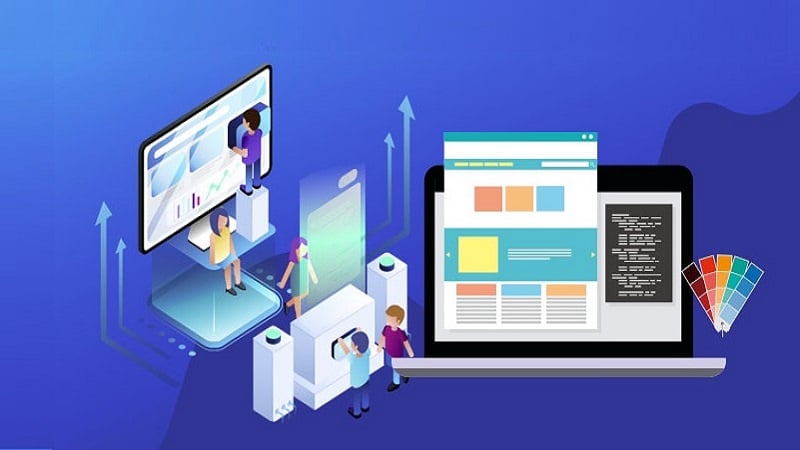
Ultimately, the goal isn't to choose between traditional and digital drawing but to find a harmonious balance between them. Each medium has unique strengths that can complement the other. By incorporating traditional techniques into digital work, artists can maintain the depth and authenticity of their art.
Similarly, digital tools can offer traditional artists ways to expand their creative horizons. A balanced approach allows for a more dynamic and well-rounded artistic practice, enriching the artist's skill set and the art world.
Conclusion
Digital drawing stands out for its versatility, cost-effectiveness, and convenience. While it presents challenges, such as a steep learning curve and technology dependence, its benefits largely outweigh the drawbacks. For artists in the modern era, mastering digital drawing is not just an option; it's an essential part of the creative journey.
This medium opens up a world of possibilities, allowing artists to push boundaries and explore new artistic frontiers.




